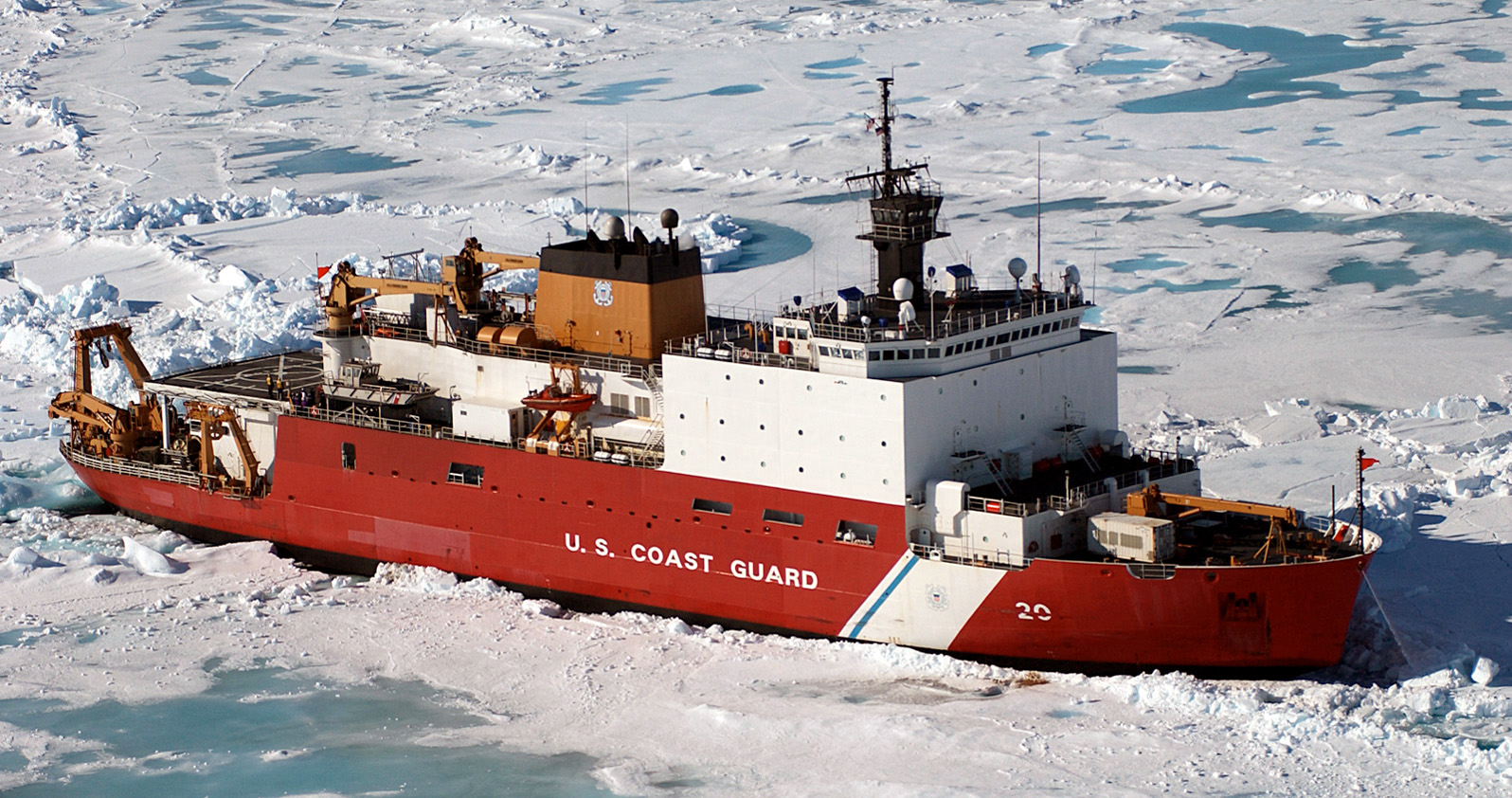Tuesday, September 30, 2008
Lidar on Mars: The Movie
Friday, September 26, 2008
Mac Tablets
I have to admit, they do seem pretty sweet. I think I am too tied to manually typing to be able to work sans keyboard though (this guy is a slate, not a convertible), and the price is pretty steep (entry price $2,290). I currently have an Acer Tablet PC (the Travelmate C300, which is a convertible) that is about 4 years old. I cannot remember how much it cost when I first got it, but I know it was nowhere near this much. Of course, the Modbook is a lot more powerful (2.1 gHz processor, available w/ 2.4) and it even comes with a built-in GPS!
Sunday, September 21, 2008
The Fighting Cartographers!
The Great Arctic Conflict - Media spin of Law of the Sea
Friday, September 19, 2008
Healy makes Ship of the Week!

Wednesday, September 17, 2008
USCGC Healy and the CCGS Louis St-Laurent


USCGC Healy Blogs and Twitter
Sunday, September 14, 2008
The Foot

Wednesday, September 10, 2008
Back to Reality
Thursday, September 4, 2008
Update from the Arctic!
Hello again from the
Tuesday, Aug 19:
I saw my first set of polar bear tracks today! Actually, I saw two. At least one of them was fairly fresh because you could still see detail (e.g. the individual pad marks) in each print. I think I heard a ring seal today as well. I did not see it, but I heard it bark. There are also bearded seals up here, but apparently they are of the non-barking seal variety.
I also saw an icebow, which is essentially a rainbow that forms over ice. The colors are very faint and for the most part the icebow is all white. Now some folks out here have said the icebows are really fogbows, since although they start and end over the ice, the main body is in the fog. Fogbows can form wherever there is fog though, and are not constrained to the ice. Whatever it is, they are pretty cool!
The pressure ridges today were pretty vast and were surrounded by pools of aquamarine. As the ice gets old, it becomes compacted and less saline, turning more and more blue as it does so. We got stuck several times and had to back up and ram repeatedly. We finally broke through when they brought on a second engine. The Healy has four engines, 3 that can be used together if necessary and one that is always kept for emergencies only. Standing on the bow as Healy broke through the ice was an amazing experience. You could really hear the ice break and watch the crack propagate out in front of us. As ice is pushed down underneath the ship, the sound of it scrapping along the hull is tremendous. Luckily, the multibeam sonar and sub-bottom profiler are protected by ice windows!
Right now we are still in "drive-by-cursor" mode. Essentially we are just following the foot of the continental slope to see where it goes. Most continental margins are comprised of a continental shelf, slope, and rise. The foot of the slope is defined as the maximum change in slope where the slope and the rise meet. Up here in the
Still no polar sightings. Well, not by me anyway… The bridge has spotted a couple, and did a couple of the night watchstanders. I am keeping my fingers crossed.
Thurday, Aug. 28:
Last night I managed to stay up and watch the sunset. Actually, it is more of a sun-"lowering" I suppose and really all it does is make a slight arc in the sky. We are at ~ 83 degrees North, so it never gets dark at all now. At the most, we get some shades of pink.
Dredging operations are slated to start on Friday and we hope to have our first ice buoy deployment sometime in the next couple of days. This will involve actually putting people on the ice (not me, unfortunately). There will be two watchstanders armed with rifles, one with the guys on the ice, and one on the boat, to look out for polar bears.
Still have not seen a polar bear. L Word has it that a number of bears have been seen just off the north Alaskan coast, so we are hopefully to spot more bears on our return to Barrow.
Wednesday, Sept. 3:
I SAW A POLAR BEAR!
Here are some pics from my adventures. Once I have a better internet connection, I will post some more.
me on the bow of the Healy:

The sun and the bear (he's small, but he's there):

A picture of the bear taken with a camera much better than mine:


